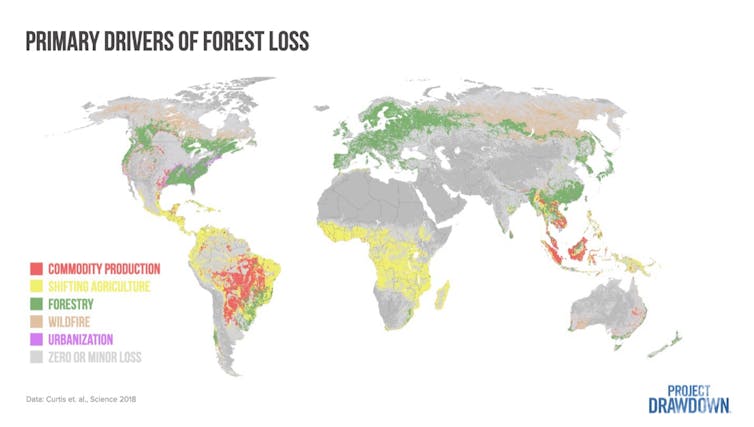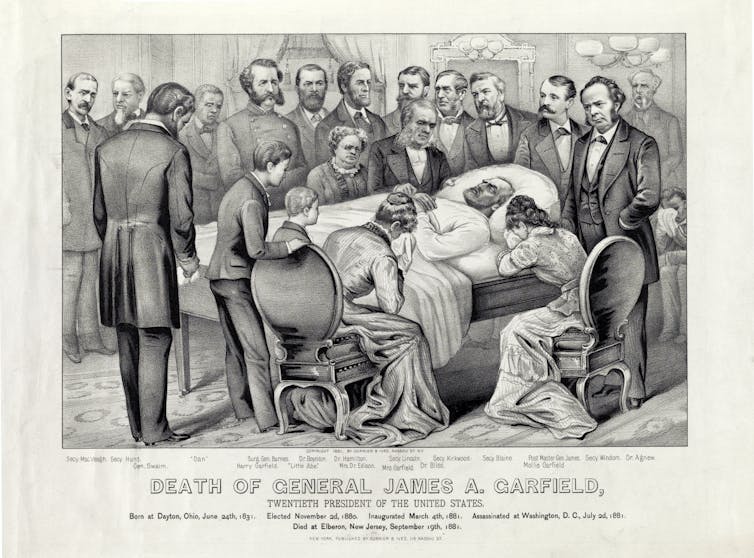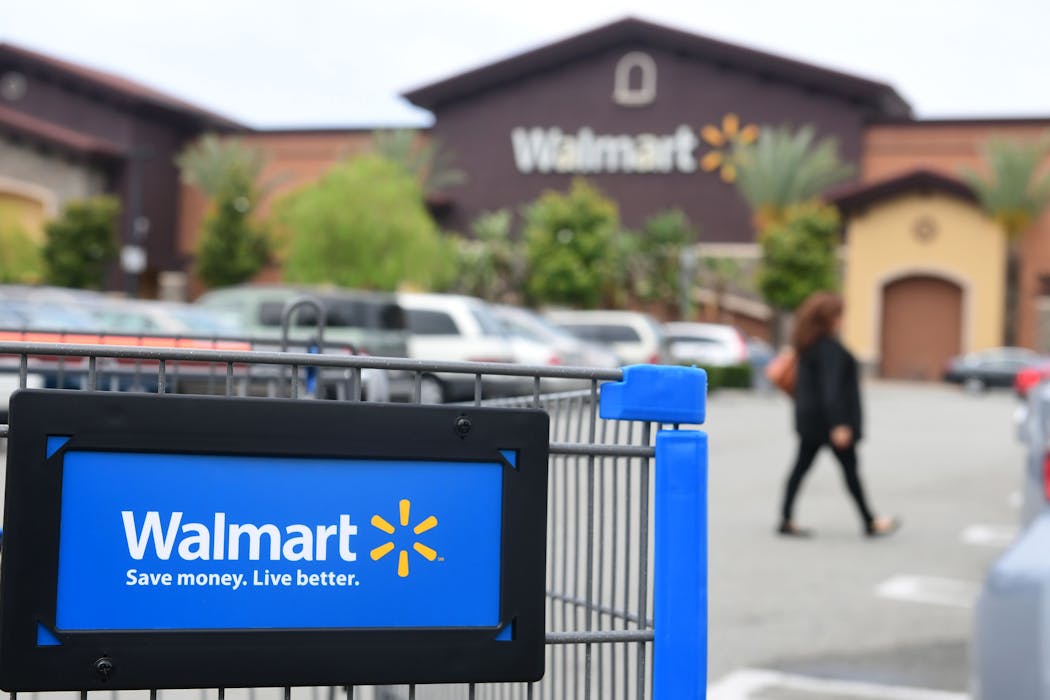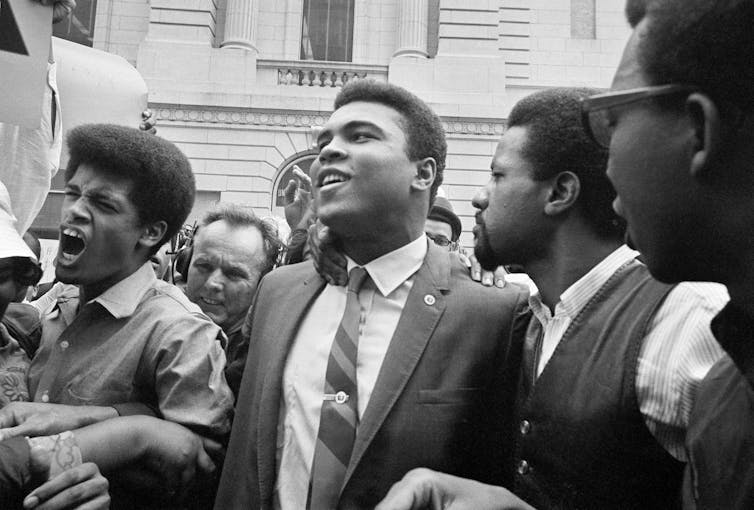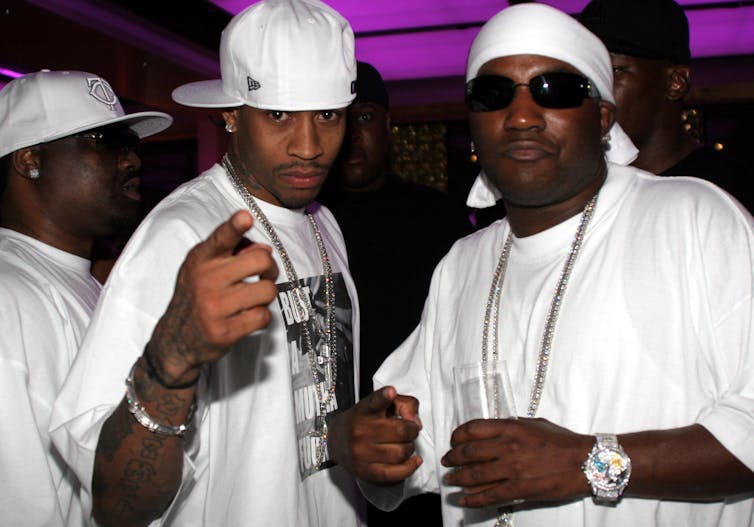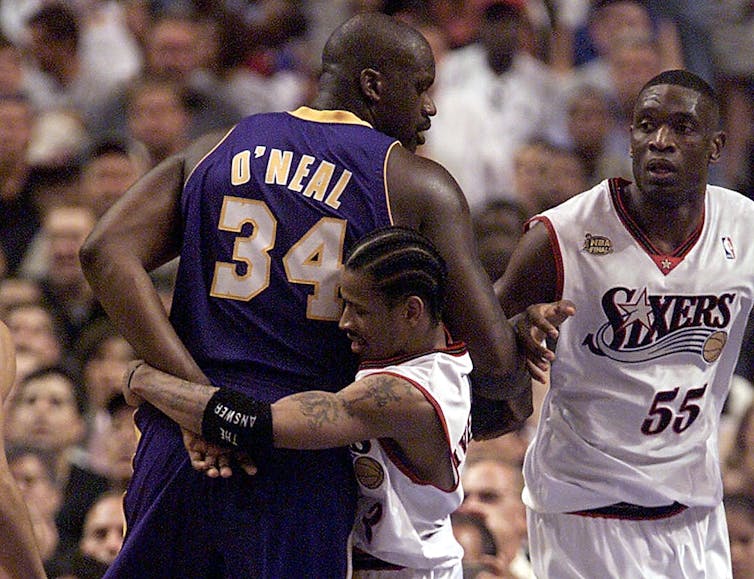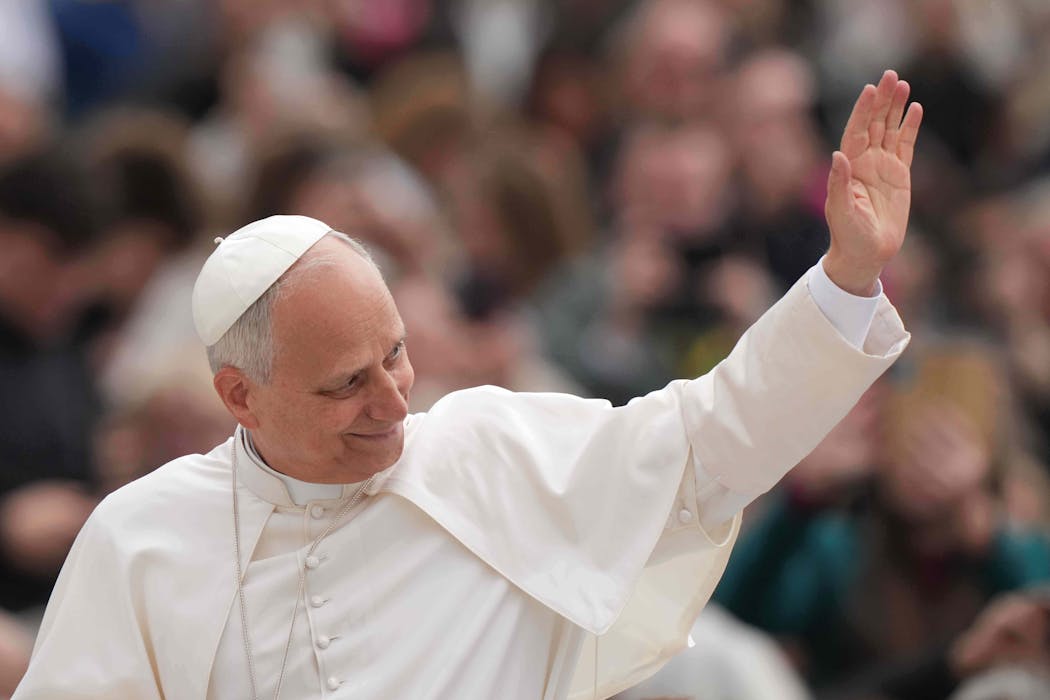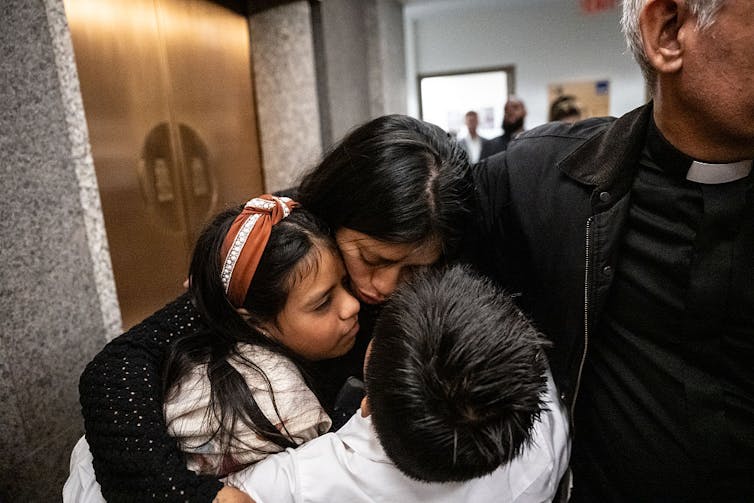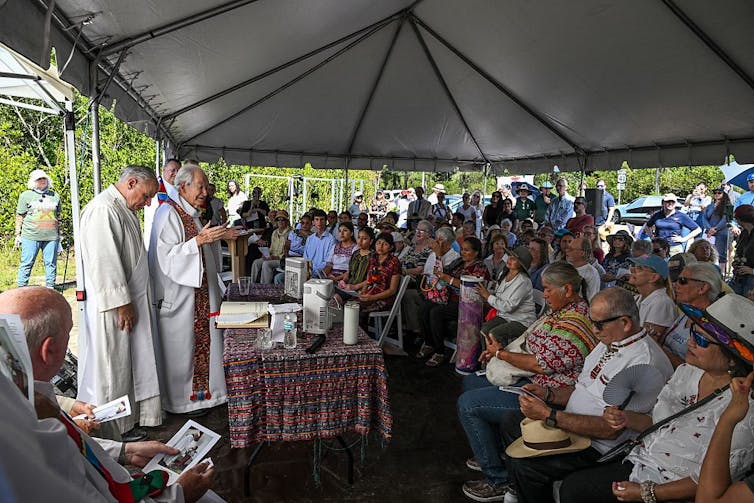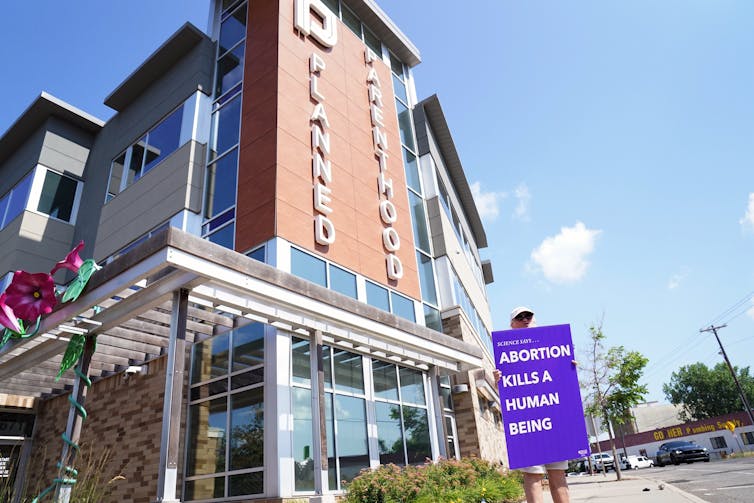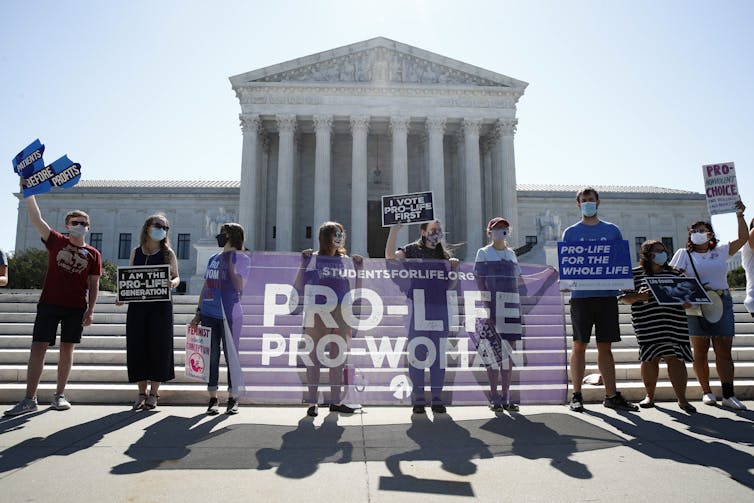Source: The Conversation – USA – By Robert B. Talisse, W. Alton Jones Professor of Philosophy, Vanderbilt University

The United States was founded on the idea that government exists to serve its people. To do this, government must deliver services that promote the common good. When the government shuts down, it fails to meet its fundamental purpose.
While government shutdowns are not new in the U.S., most have lasted less than a week. At 40 days, the current shutdown may well be on the way to an end this week, as enough Senate Democratic caucus members have voted with Republicans on a measure to reopen the government. But it will remain the longest in the history of the nation.
When the government shuts down for such a long time, it inflicts hardships, anxieties and irritations on its citizens. You might wonder why elected officials allow lengthy disruptions to happen.
It is common to blame the politicians for the shutdown. However, as a philosopher who researches democracy, I think the fault lies also with us, the citizens. In a democracy, we generally get the politics we ask for, and the electorate has developed a taste for political spectacle over competent leadership.
American democracy has grown increasingly tribal, leading us to become more invested in punishing our partisan rivals than in demanding competent government. We are infatuated with the spectacle of our side dominating the other.
Understandably, politicians have embraced obstruction. They have learned that deadlock can pay, because they have the support of their voters in behaving this way. Politics is no longer about representation and policy, it’s now about vanquishing and even humiliating the other side.

Nathan Posner/Anadolu via Getty Images
More fervent, not better informed
To see this, we must examine polarization. Let’s start by distinguishing two kinds of polarization.
First is political polarization. It measures the divide between the U.S.’s two major parties. When political polarization is severe, the common ground among the parties falls away. This naturally undermines cooperation. That Republicans and Democrats are politically polarized is certainly part of the explanation for the shutdown.
But that’s not the entire story. As I argue in my book “Civic Solitude,” the deeper trouble has to do with belief polarization.
Unlike political polarization, which measures the distance between opposing groups, belief polarization occurs within a single group. In belief polarization, like-minded people transform into more extreme version of themselves: Liberals become more liberal, conservatives become more conservative, Second Amendment advocates become more pro-gun, environmentalists become more green, and so on.
Importantly, this shift is driven by the desire to fit in with one’s peers, not by evidence or reason. Hence, we become more fervent but no better informed.
Additionally, our more extreme selves are also more tribal and conformist. As we shift, we become more antagonistic toward outsiders. We also become more insistent on uniformity within our group, less tolerant of differences.
Animosity and obstruction
The combination of intensifying antagonism toward those on the “other side” and escalating cohesion among those on “your side” turns all aspects of life into politics.
In the U.S. today, liberals and conservatives are heavily socially segregated. They live in different neighborhoods, work in different professions, vacation in different locations, drive different vehicles and shop in different stores. Everyday behavior has become an extension of partisan affiliation.
Ironically, as everyday life becomes politically saturated, politics itself becomes more about lifestyle and less about policy. Research suggests that while animosity across the parties has intensified significantly, citizens’ disagreements over policy have either remained stable or eased. We dislike one another more intensely yet are not more divided.
This paints a grim portrait of U.S. democracy. Note that this condition incentivizes politicians to amplify their contempt for political rivals. Politicians seek to win elections, and stoking negative feelings such as fear and indignation are potent triggers of political behavior, including voting.
Consequently, when citizens are belief polarized, animosity and obstruction become winning electoral strategies. Meanwhile, politicians are released from the task of serving the common good.
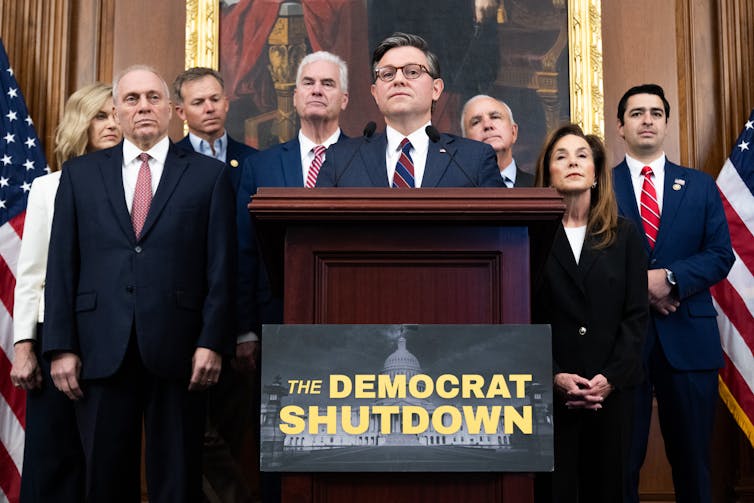
Saul Loeb/AFP via Getty Images
Channeling contempt
It is no surprise that discussions of the shutdown have consistently focused on blame.
The Republicans, who hold the congressional majority, have sought to score points by depicting the shutdown as the Democrats’ fault. Several official websites maintained by the federal government included statements denouncing the shutdown as strictly the doing of the Democrats. Their aim has been to channel citizens’ frustration into contempt for the Democratic Party.
At the beginning of the shutdown, House Speaker Mike Johnson claimed that there was “literally nothing to negotiate” with congressional Democrats.
But there’s the rub. Democratic government is fundamentally a matter of negotiation. Neither winning an election nor being a member of the majority party means that you can simply call the shots. The constitutional procedures by which our representatives govern are designed to force cooperation, collaboration and compromise.
Thanks to polarization, however, these noble ideals of political give-and-take have dissolved. Cooperation is now seen as surrender to political enemies. That’s very clear in many Democrats’ outraged reactions to the eight senators from their caucus who have now voted with Republicans to end the shutdown.
Meanwhile, more than 1 million government employees haven’t been paid, many crucial government services have been interrupted, diminished or suspended, and, with the Thanksgiving holiday approaching, travelers are experiencing flight disruptions. While there may be an end to the shutdown on the near horizon, any deal could simply postpone crucial policy debates and could well end in another shutdown in the new year.
The key to avoiding this kind of failure is to become a citizenry that demands competent government over partisan domination.
![]()
Robert B. Talisse does not work for, consult, own shares in or receive funding from any company or organization that would benefit from this article, and has disclosed no relevant affiliations beyond their academic appointment.
– ref. Blame the shutdown on citizens who prefer politicians to vanquish their opponents rather than to work for the common good – https://theconversation.com/blame-the-shutdown-on-citizens-who-prefer-politicians-to-vanquish-their-opponents-rather-than-to-work-for-the-common-good-269041



